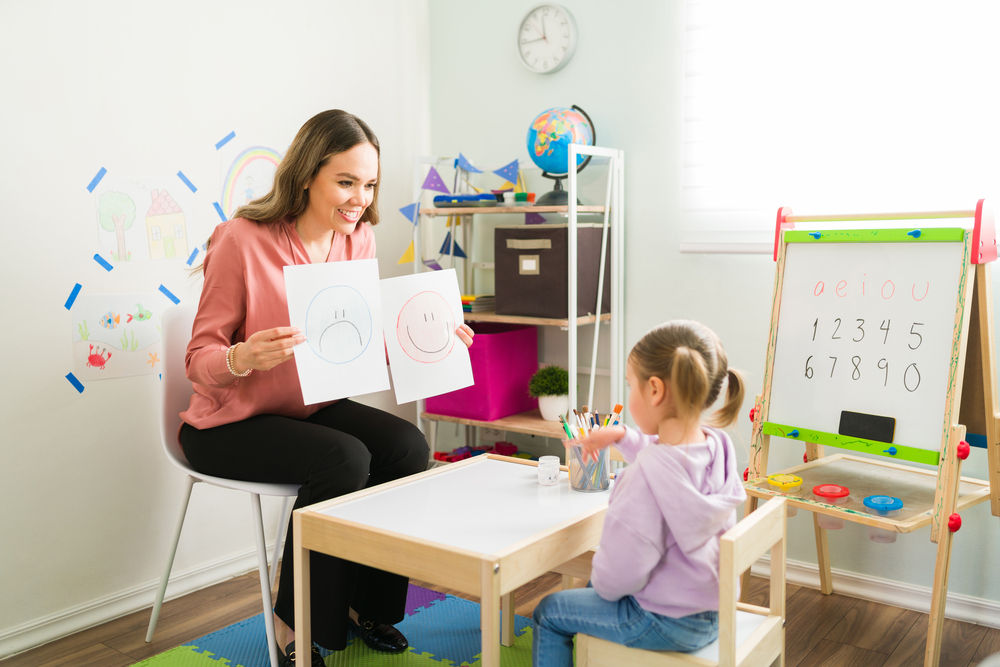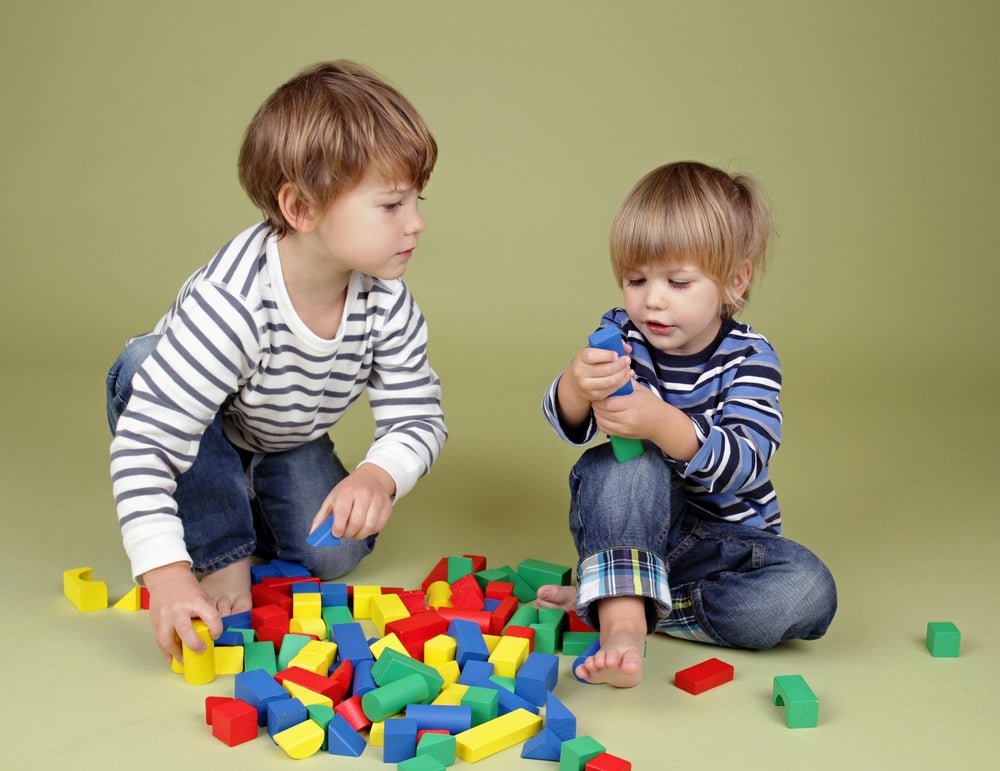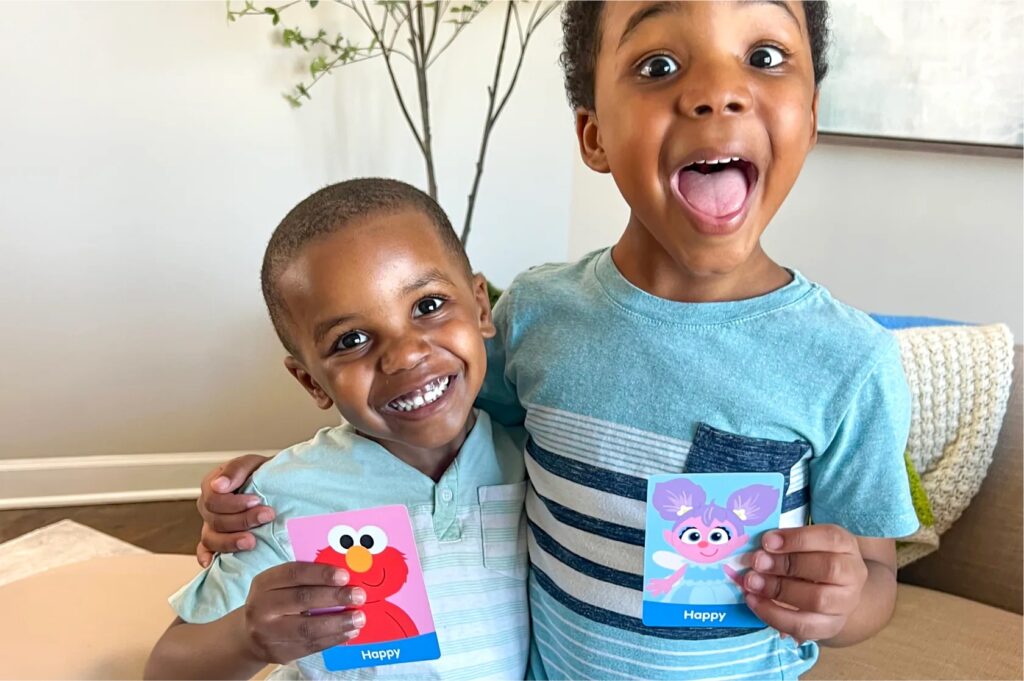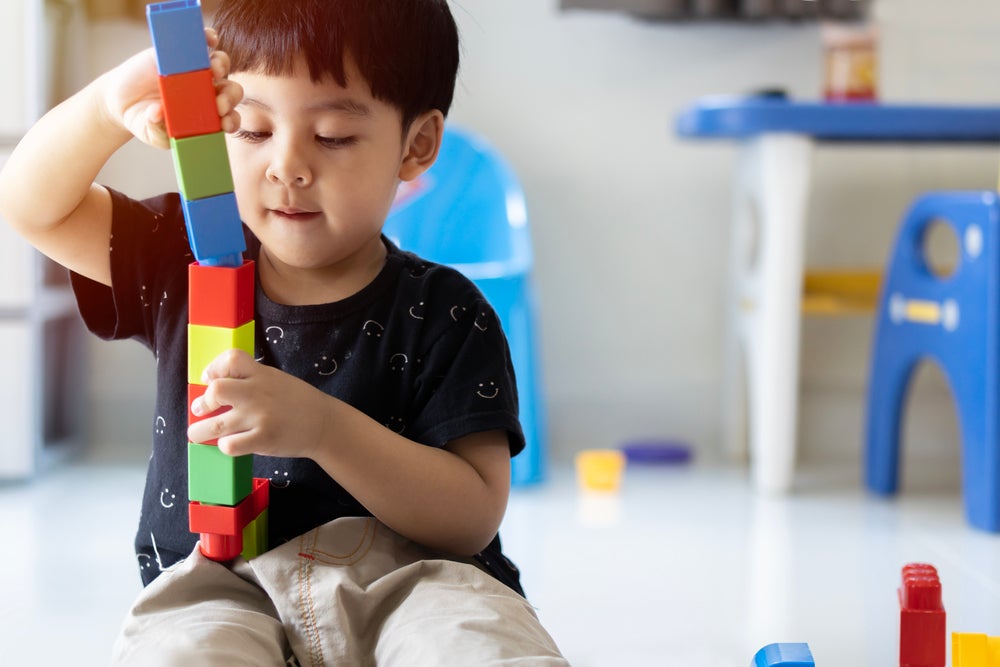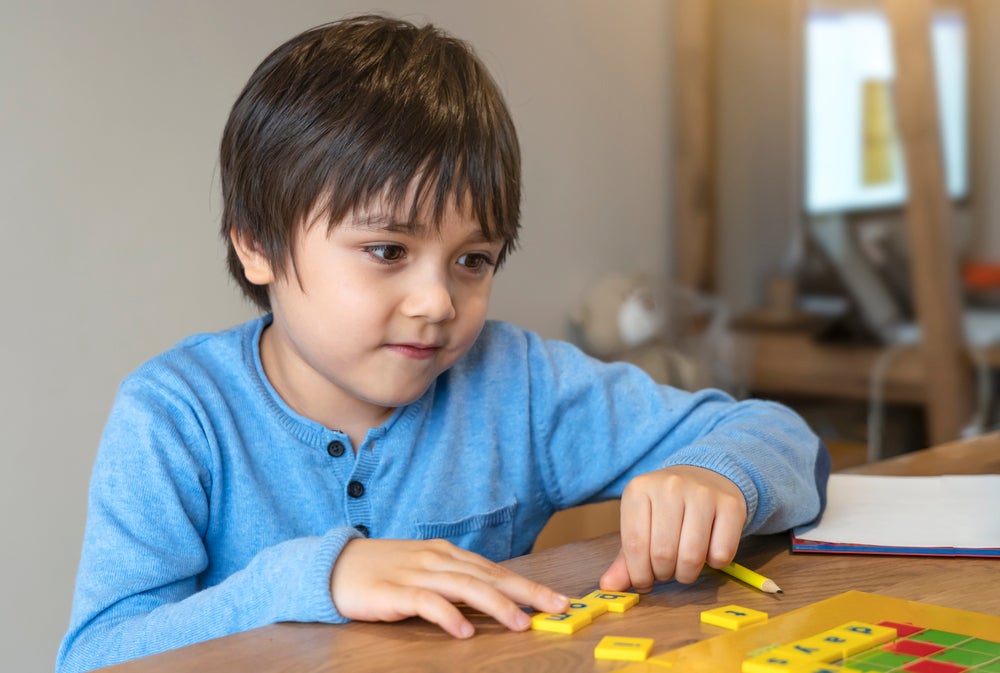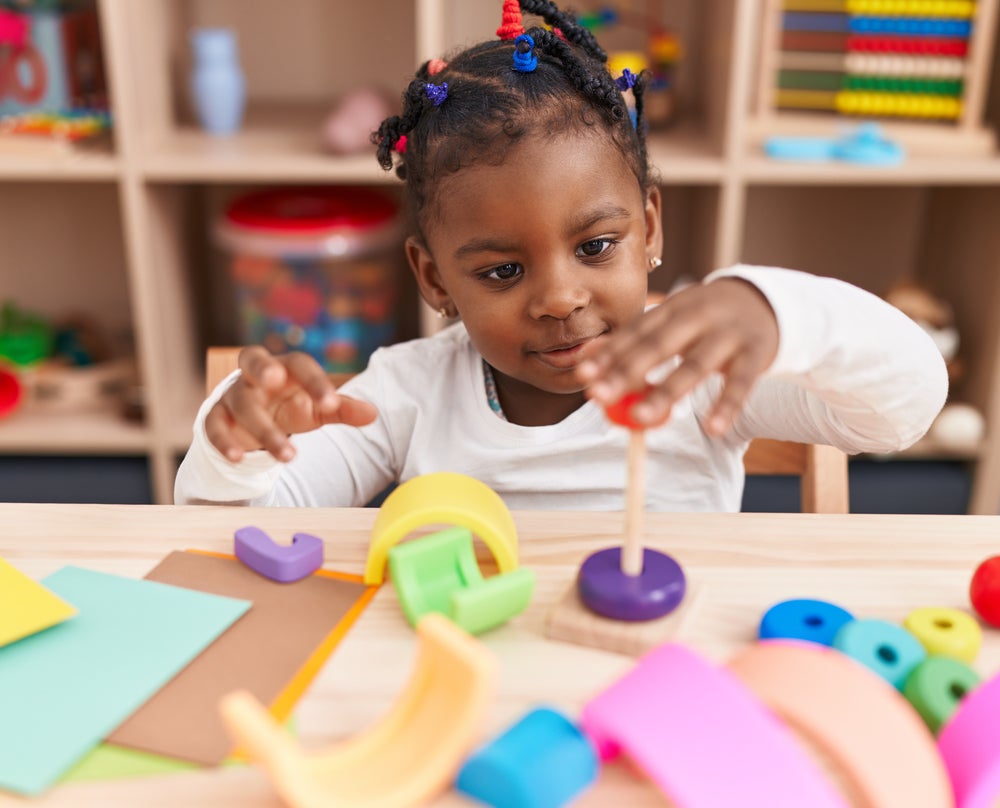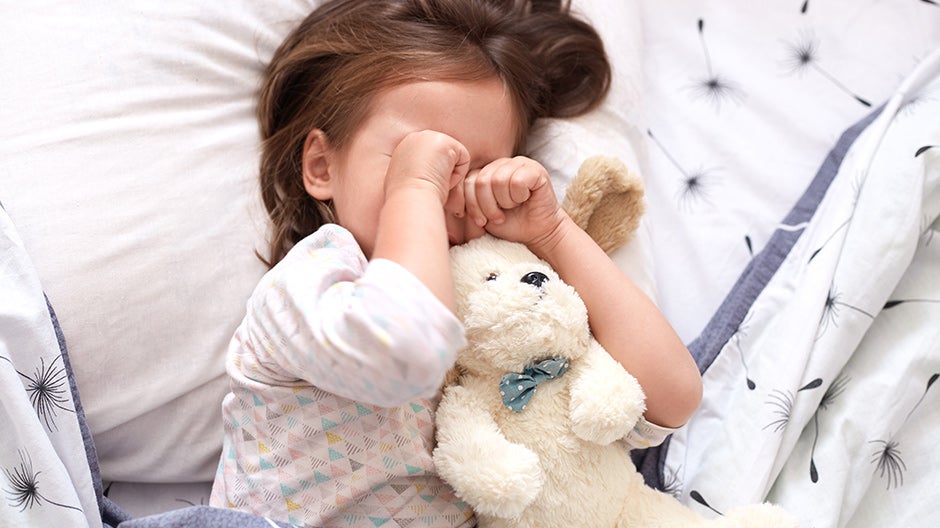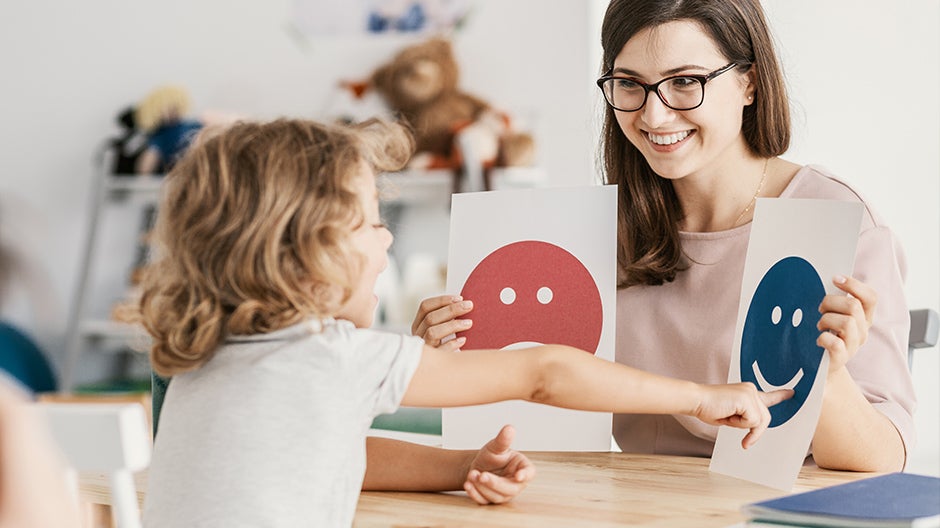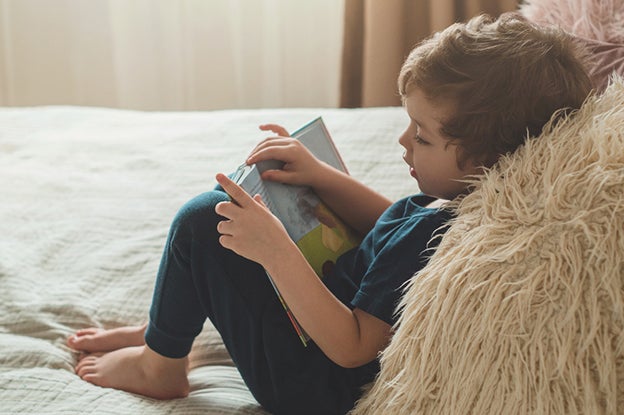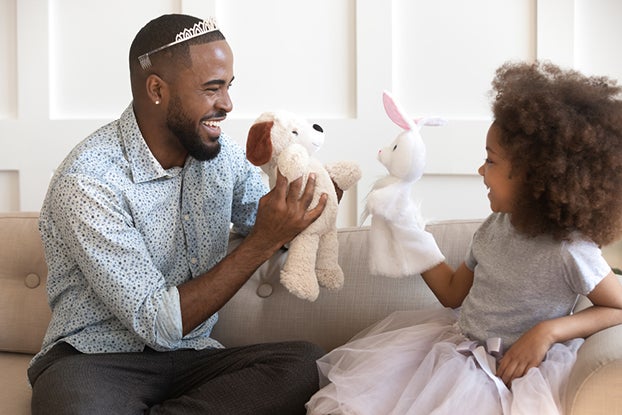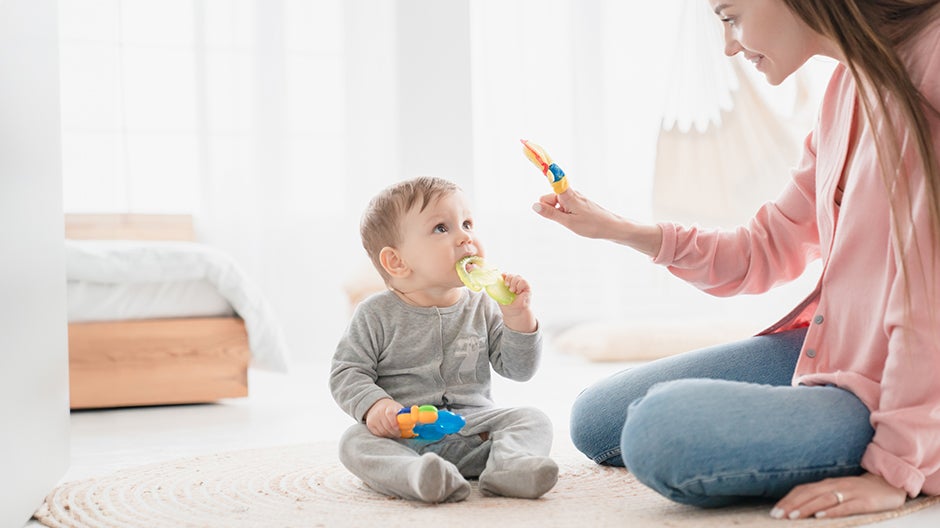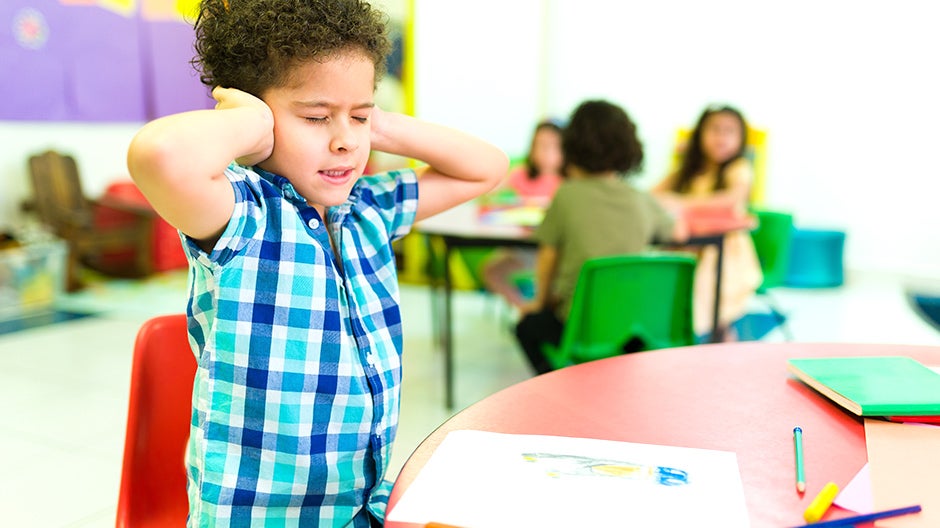Social-emotional learning (SEL) activities for kids develop a ton of essential skills. From kindergarten through elementary school (and even before), they play a key role in building Character, one of the 5 C’s at the heart of the Begin Approach to helping kids thrive in school and life. And since Character has a positive impact on everything from mental health to income, these activities can make a big difference!
We’ve put together seven great SEL activities for kids to help them get comfortable naming and expressing feelings, thinking about others, and more.
The Short Cut
- SEL activities help kids improve impulse control, build social awareness and self-awareness, and form healthy relationships
- Participating in social-emotional learning as a kid is associated with a better attitude towards school, fewer behavioral problems, less emotional distress, and higher academic achievement
- Kids learn different SEL skills at different ages, starting with naming their own emotions and moving through more complex abilities like empathizing and comforting others
1. Letter to a Loved One

What You’ll Need
- A blank sheet of paper
- A pen
- Crayons
What to Do
To complete this activity, encourage your child to write (or dictate, if they’re too young to write) a letter to anyone they wish—mom, dad, sister, brother, grandpa, grandma, friend, teacher, even the family cat or a favorite character like Elmo! It doesn’t matter who they choose.
The goal is to help them think through how they feel about a particular person in their life and show appreciation for them by using their words. To guide them, you can ask questions like:
- Whose day would you like to brighten up with a letter?
- What would you like to tell them?
- Who makes you feel really happy?
- What do they do that makes you happy?
- What is special about this person?
- Do you want to ask them any questions?
For younger children who haven’t learned to write yet, ask them to tell you what they’d like to say, and then write it down for them. They can then draw pictures on the paper to show those feelings.
Children are naturally more focused on themselves than others. And there’s nothing wrong with that! It’s part of their development. But taking the time to make someone else happy by writing a letter can help them think of others more frequently.
It’s also the perfect opportunity for them to connect with their feelings and learn how to express themselves through written words.
2. Create a Gratitude Journal
What You’ll Need
- A journal
- Fun items to decorate with (markers, glue, pompoms, glitter, ribbons, etc.)
What to Do
Having their own journal can be really special and fun for kids!
You can buy any type of journal you want for this activity, and then let your child decorate the front and back covers to make it truly their own.
Once the journal is ready, have your child get into the habit of writing down what they’re grateful for every day. There’s no right or wrong structure, so they can be thankful for anything from the delicious breakfast they had that morning to getting a good grade on a spelling test.
Journaling offers a multitude of benefits, including:
- Helping improve writing and communication skills (important Core Skills, another of the 5 C’s)
- Keeping track of goals
- Reducing stress and anxiety
- Tracking progress and growth over a period of time
It’s also beneficial for adults, which makes it a great thing for the whole family to do together at the same time every day, and practicing gratitude cultivates an awareness of the positive things in life.
This is valuable for everyone, but it’s an especially important outlet for your child if they are going through a challenging time.
3. Make a Feelings List

What You’ll Need
- A blank sheet of paper
- Pencils, pens, or crayons
What to Do
This activity is simple: have your kids list every feeling they’ve had over the course of the day. Younger kids may need help remembering (and may not remember that they were upset at lunchtime even if you prompt them—not necessarily a bad thing!), but these lists can help them get comfortable identifying and talking about feelings.
For older kids, making the list is also great writing practice, and it helps them think through how to structure and format their words.
Creating a feelings list on their own will likely be challenging in the beginning. But with a little encouragement and assistance, this could become another daily practice in your child’s life.
To get them started, help them think through their day: Let’s see, this morning we got up and had breakfast. How did that make you feel? Then we watched some TV, and then we had to turn it off so you could go to school. How did you feel then?
If your child isn’t yet able to write, they can still participate in this activity by dictating what you should write on the list. You can also encourage them to draw pictures instead of words to represent each list item.
Wherever your child is on their social-emotional journey, this is a creative way to practice naming and identifying feelings!
4. Breathing Exercises

Breathing exercises are often associated with yoga, meditation, and mindfulness. Learning to breathe deeply can help you relax, reduce anxiety and stress, and improve blood flow.
But cleansing, structured breathing exercises are closely related to social-emotional skills (like regulating emotions), so it makes sense to include them in this context, too.
When starting this practice with your child, saying “just breathe” probably won’t help them know what to do. Instead, you can try any of these activities:
Belly Breathing
Ask your child to place one hand on their belly and another on their chest. Then, have them breathe in for a count of four, hold for two counts, and breathe out for a count of six.
To get them to really connect with their breathing, encourage your child to focus on their chest and abdomen as they rise and fall with each inhale and exhale.
Teddy Bear Breathing
This exercise will shift the focus away from your child’s abdomen and chest and toward their teddy bear instead.
To start, ask them to lie down and place their favorite teddy bear on their belly. Then, as they breathe in and out, have them focus on the movement of their teddy bear going up and down.
Mindful Breathing
Before implementing this technique, find a relevant phrase (or phrases) that your child can repeat over and over. This is a key part of mindful breathing because it connects their thoughts with the physical activity of drawing air into their lungs.
For example, before breathing in, they can say, “I am an ocean,” and after breathing out, “I am calm.”
Have them repeat this sequence at least five times before stopping to evaluate how they feel.
5. Identify the Emotion
What You’ll Need
- Paper plates
- Crayons or colored pencils
What to Do
Hand your child a stack of paper plates and talk to them about simple emotions, such as sadness, happiness, anger, and fear. Then, assist them in drawing each of these emotions as a face on a paper plate. You could have a happy face, a sad face, and so on.
Feelings can be complicated to explain, so try to use real-life examples to help them grasp the meanings of each emotion as you go through this activity. For example:
- Grandma was in pain, so we had to take her to the hospital. This made me feel sad.
- I ate my favorite flavor of ice cream today. This made me so happy.
- The neighbors made so much noise last night at bedtime. This made me angry.
You can also use these paper plates for different scenarios. For instance, while reading a story to your child, ask them, “How do you think the character feels right now?” And have your child select the plate with the emotion they’re thinking of.
Or, if you notice that your child is particularly quiet one day, you can use this as a quick check-in by asking them to show you the emotion they are feeling.
This activity helps kids learn about different emotions while encouraging social awareness and self-awareness.
6. Create a Story Together

What You’ll Need
- Blank sheets of paper
- A pencil
- Crayons or coloring pencils
What to Do
This activity works best with multiple children (it’s great if friends or cousins are visiting), but you can also do it one on one and take the role of the second child yourself.
Start with a story prompt like, “Once upon a time…” Then, have the first child write a sentence of the story on a sheet of paper. Next, pass the paper to another child and have them add their own sentence. Continue passing the paper to each participant until the story is complete!
Once you’re done, read the story aloud together and encourage your young authors to express how they feel about the story:
- What was the best part of the story?
- What was the saddest part?
- How did the story make you feel?
You may find that the kids naturally begin to describe how the characters in the story feel as various things happen to them (e.g., “It started to rain. That made the boy feel sad.”). But if they don’t, you can prompt them to keep them thinking about feelings!
7. Compliment Circle
This is another great activity for getting kids thinking about others. And it doesn’t require any special setup or equipment!
Start by asking all participants to sit in a circle. Then, have each person give a compliment to the person to their right.
These compliments can be anything, such as:
- You make the best mac and cheese
- You worked so hard on your drawing
- You are so generous in sharing your toys
- You were so kind to Grandma today
Any compliment your child gives is fine, but try to model examples of compliments that are not related to physical characteristics so that they will learn to compliment others on more fundamental things.
After one round, change directions and go the other way (e.g., compliment the person to your left). If you don’t have too many kids, you can even have each child complement everyone else in the circle.
This can be especially helpful if you have multiple children who are struggling to get along.
While it’s natural for kids to have their ups and downs, we want to foster an environment where they choose to respect, love, and be kind to each other. A compliment circle can help kids learn that they can lift another person’s mood by being kind, and it teaches kids how to both give and receive compliments.
Set Your Child Up for SEL Success

Social-emotional learning benefits children in many ways, both now and in the future. It helps them understand their actions, the actions of others, and how to interact with the world.
At Begin, we work social-emotional learning into many of our products, from HOMER to Little Passports. And our Learn with Sesame Street app for kids ages 2–5 focuses on it. With the help of their Sesame Street friends, kids learn how to express their emotions, empathize with others, and create healthy relationships. If you’re looking for ways to help your child with social-emotional learning, try it today!
